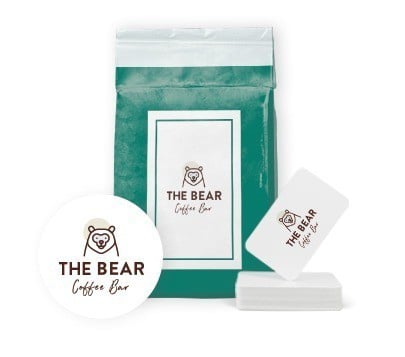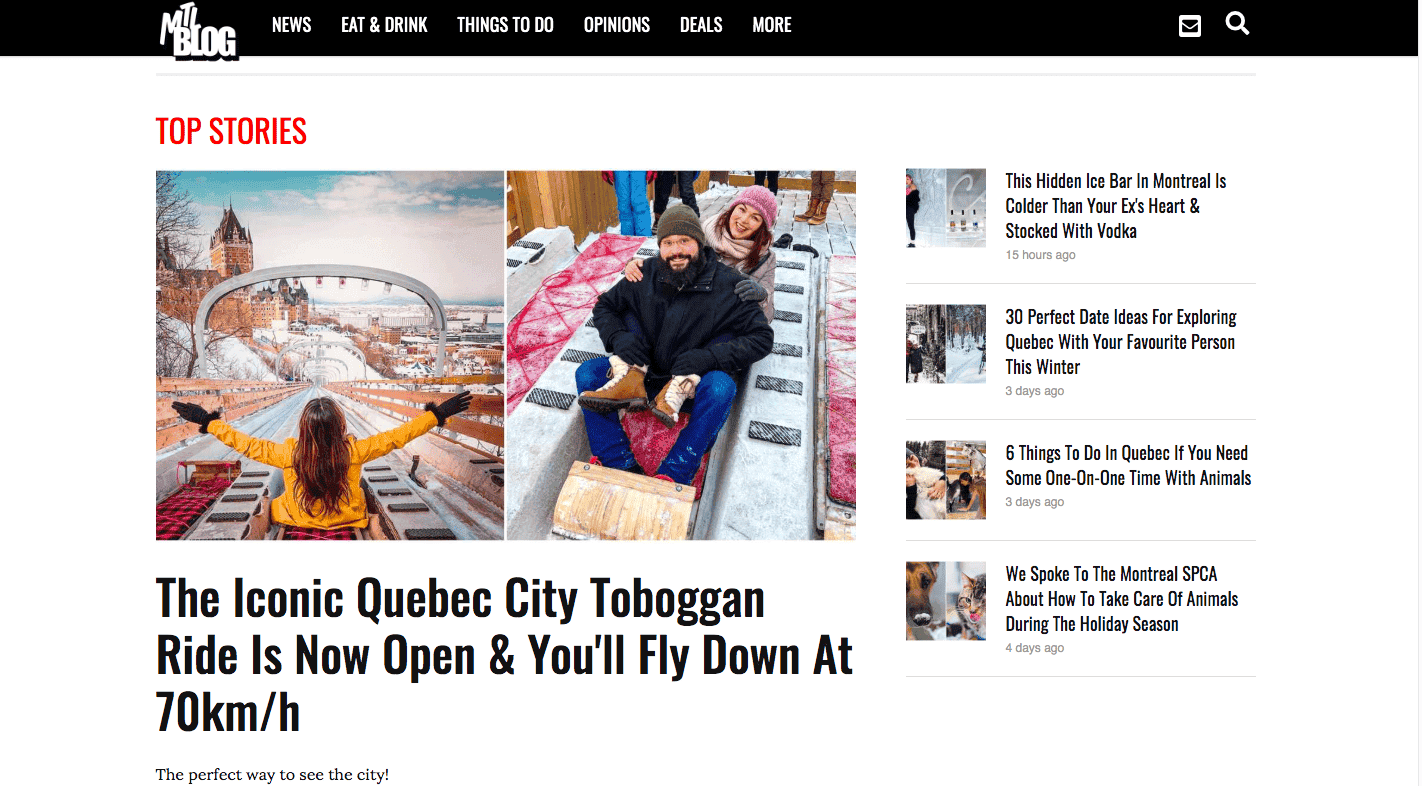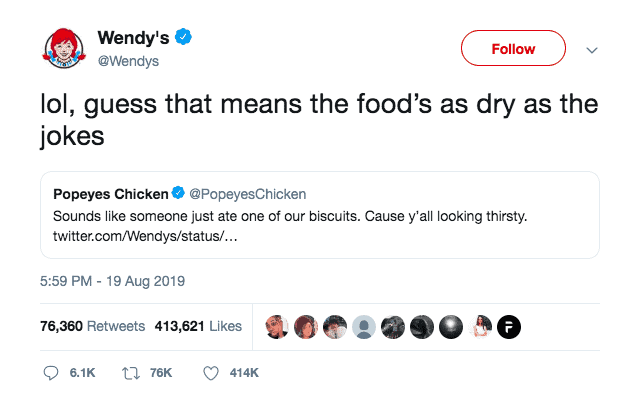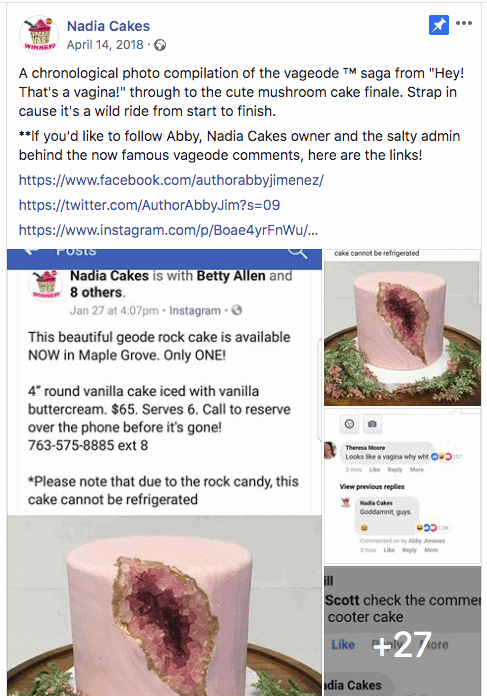
Breaking into the local market can be difficult, no matter the size of your business or the niche you’re in. There are costs, business plans, hiring, finding suppliers, and a million other issues to tackle before you even open your doors.
And, where international businesses would likely pair up with a major marketing company when they’re ready to launch, local business owners like yourself may not have the budget – or need – for million-dollar designs, ads and promotional materials.
Luckily, all you need to set yourself apart is a solid brand strategy and the time to implement it.
As a local business, there are critical areas in which you can stand out and make yourself an indispensable brand within your community; and, unlike your national counterparts, you can use your brick-and-mortar location to your advantage, by tailoring your brand to the culture of the community you aim to serve.
Let’s take a look at the top 7 things to tackle when building your brand strategy as a local business.

Unlike global, multinational corporations, your business doesn’t have the luxury of testing your brand in different markets. Instead, you should always make sure that your branding efforts are targeted to the right audience—your community.
If your business is relevant to the people that live where you work, they’re more likely to keep coming back. In fact, 89% of consumers stay loyal to brands that share their values, so if your values align with your customers, you’ll be seeing them again real soon.
Practically, this means you’ll have to conduct a lot of market research before you move into the more tangible aspects of branding.
What do the people in the community need? What do they love, and what are they lacking? By the end of your market research, you should hopefully be able to answer these questions.
In other words, you need to understand what your audience wants before attempting to cater to their needs. But first, it’s important to define the geographical boundaries of your business to figure out:
The more targeted your branding efforts are to your location, the easier it will be to connect with the people within that location. This brings us to the next step of market research, which is to create a persona of the ideal customer that your business will serve.
Who lives in your community? Where do they work? What are their hobbies? Are you looking at families, single millennials, retirees…?
The best way to get a clear picture of your target audience is by creating an “avatar” of your perfect customer, identifying their pain points, their demographics (age, income level, etc.), their preferred places to shop, their favorite reading material, etc. Anything you can learn about their hobbies, their likes and dislikes, and their overall “type” will help you in the long run. As you gather more information, you’ll be able to determine:
To get these answers, you might need to distribute surveys within your city, run a few polls on social media, or do some good old-fashioned keyword research to see which local services people are searching for.
Find the audiences that are buying your products and services, and keep an eye on their interests, habits, and preferences. You’re going to find ways to make your brand a “local flavor”—a must-see stop for anyone walking through your city. The more you know, the better you’ll be able to engage with your community.

Now that you know who your audience is and what makes them tick, it’s time for you to create a brand identity that they can connect with.
Your brand identity is the overall face you present to the world, a face that consistently communicates the message of your brand to your audience through visual and written cues. Put simply, your brand identity is the way in which your brand’s message is expressed, and it ultimately helps to foster connections with your target audience.
So, how do you actually go about creating a brand identity?
First, you’ll need to come up with a message that’s tailored to your target audience. Your market research should have told you what it is your audience most wants and needs, and your message will respond to it.
When you’re crafting your message, you’ll want to include:
Once you have your brand message down, you’ll need to create a series of visual cues that expresses – and reinforces – this message in all aspects of your communication with your audience.
Here are the main cues to tackle:
Logo – This will be your customers’ first look into your brand, so you’ll want to design a logo that embodies your message to a T.
Color palette – In addition to looking nice, colors can impact people’s moods and behaviors by subtly conveying messages. Read up on color psychology, and make sure to choose a palette for your logo and brand that reflects your brand message and values.
Tagline – Is there a short catchphrase that can sum up what you offer your customers?
Brand imagery – Outline acceptable imagery for your brand to use across communications, including appropriate colors and themes that are in line with your brand message.
Website – It’s crucial to have a website for your business – local or otherwise – so that your current and future customers have a place to find all the information they need about your store. Your website should include your logo, and incorporate your brand colors and accepted imagery. While it may sound daunting, there are so many guides out there that will teach you how to create your website without any coding experience, and you can use a DIY website-building platform to make it happen.
Store – Like your business’s online home, your store should reflect your brand’s style and vibe. Your restaurant should sport your logo and brand colors your menus; your clothing store should have all tags labeled with the same. And, as you decorate, make sure to create an ambience that’s in line with the message of your brand.
As you’re building your identity, remember that the goal is to always communicate exactly who you are and what you’re about. Your brand is going to be most customers’ first impression, so make sure to keep it clear, concise, easy to understand, and impactful.
No matter how big or small your local business, a memorable brand identity can take you from unknown status to a local staple. Make sure to spend time crafting a brand that really represents your company’s core values.

Local brands have yet another advantage over international ones: Local SEO.
With local SEO (Search Engine Optimization), there’s a huge opportunity to grow traffic to your website. By listing your business in local directories and ranking your website for terms related to your business, you can make sure your brand shows up at the top of search engines when people search for services you provide.
Once you’ve created and designed your website, there are several things you should do to optimize it for search engines:
Regularly publishing content is a key part of keeping your site relevant in the eyes of search engines and will help you improve your rankings. Do keyword research around your industry to see which terms your customers are searching for, and then write content that answers those queries.
Additionally, you’ll want to write about local news or events that are happening, in order to position your brand as an authority in your neighborhood. It’s important to mention the names of nearby communities and cities, so that your website covers localized search terms.
Finally, set up your Google My Business profile, so that your business will appear in local and map searches (right at the top of the Google search results page). Try to have your business mentioned by local directories – i.e. get citations – with links pointing to your website when applicable. The more citations you gain, the more “juice” search engines will give your site, and it’ll boost you higher on their results pages.
Although this is just an intro to local SEO, it’s enough to start you off on the right foot. Make sure to always refresh your content and keep your website optimized for search engines, from using the right keywords to ensuring your site can be navigated easily.

Being featured on CNN is a huge break for anyone, but people in Miami are unlikely to jump on a flight to your store in Newark. Concentrate your marketing dollars and resources on local publications.
If your audience reads local magazines and newspapers, find the most popular ones in your area and try to get featured organically or through paid advertising space.
No matter your specific target audience, it’s most likely they’re located within 20 kilometers of your store or office. Local customers want to see that you’re engaged in your community, and being featured in publications, local news outlets, and billboards is a great way to increase brand awareness and recognition locally.
That said – the internet is also your friend. Scour local blogs and community websites, and get involved in the conversation.

Any time a bar, club, or restaurant is featured on the site, university students and local residents alike flock to the place and try the city’s newest hits.
Chances are that when you did your market research, you found your audience hanging out on social media. Now, you have ample opportunity to reach that audience – through relevant, valuable content.
Social media content can take a hundred different forms, spanning punchy Tweets, informative infographics, and long-form blog posts. Although it’s important to think about how you’re going to present information, the type of content you share on your social pages matters less than answering the question: Does this content provide value for my intended audience?
If the answer is yes, it’s probably a winner.
Content that provides value may be educational, entertaining, informative, and/or inspirational, and it can take a number of forms:
and the list goes on.
That brand voice thing we talked about earlier? It’s super important to create content in that voice, regardless if it’s a post, a Tweet, an infographic or a branded photo. The same goes for brand imagery; you want every image you post to be in line with your brand guidelines.
Let’s look at a couple examples of successful brands and their social media efforts to understand why this consistency is so important:
Fast-food chain Wendy’s is known for their entertaining Twitter feed, most of all for the mischievous jabs they take at competitors. Their brand voice is apparent in every tweet – playful, down-to-earth, slightly sarcastic – and they don’t take themselves too seriously.

What’s great about their social media effort is that it’s built a community around the brand, rather than just around the food they sell; the company constantly engages with other big players in their niche – asserting themselves as one of the top fast-food chains in the league – and creates an entertaining feed for their followers to, well, follow.
Similarly, Nadia Cakes used social media as an opportunity to make a name for themselves. A local Minnesotan bakery, the business quickly grew in popularity after a cake design of theirs was misinterpreted by the masses.

The event sparked hilarious conversation, thanks to witty one-liners from the bakery’s owner that went viral. And, the local business has has garnered nearly 300,000 social media followers since.
In other words, posting “traditional” content isn’t the only way to engage with your followers. Scout out what competitors are doing, and test different types of content; see what works best with your audience, and then run with it.
More likely than not, you’ll find that some content works better than others on a specific social channel, as the audience and needs of each channel varies.
Once you have a finger on the pulse of what your audience wants to read or watch, keep sharing those types of content, and your following will grow.

If you want to serve a specific community, you need to be active in that community.
Your face, and/or those of your staff, will be a big part of your brand identity; as people get to know you, they’re going to associate your store with who you are. Branding is all about forming a personal connection with your target audience, and the beauty of running a local business is that you can get to know them on a face-to-face level.
Attend local networking events; engage in community initiatives. Host workshops, speak at events, and try to engage with your local area in any way you can. Not only will this give your local brand a boost, but it’ll also help you to form partnerships and, hopefully, generate important leads.

Your brand is vital to your company’s success, and you should use every asset you have at your disposal to strengthen it and bring it to the world.
Employees are often overlooked when it comes to branding, but they are vital when it comes to forging a powerful connection with your community.
This connection can be attributed to two major factors.
The first is that your staff is also likely a part of the community you work in. If they believe in what you’re selling and are active in promoting your brand, others in your town, city, or community are more likely to comprehend and appreciate your mission. Second, if customers see that your staff believes what they’re saying, they’re more likely to trust your company and its offerings.
Create training programs that emphasize your brand, and make sure your employees understand your company’s mission, value proposition, and branding efforts to encourage better community connections.
Now that you have all of this branding knowledge up your sleeve, you’re ready to break into your local market!
As you create your brand identity and begin to network on social media and in-person, remember to put your audience at the heart and soul of everything you do. Always have your message in mind, and you’ll be able to form long-lasting connections with loyal customers.
Products
Resources
@2024 Copyright Tailor Brands